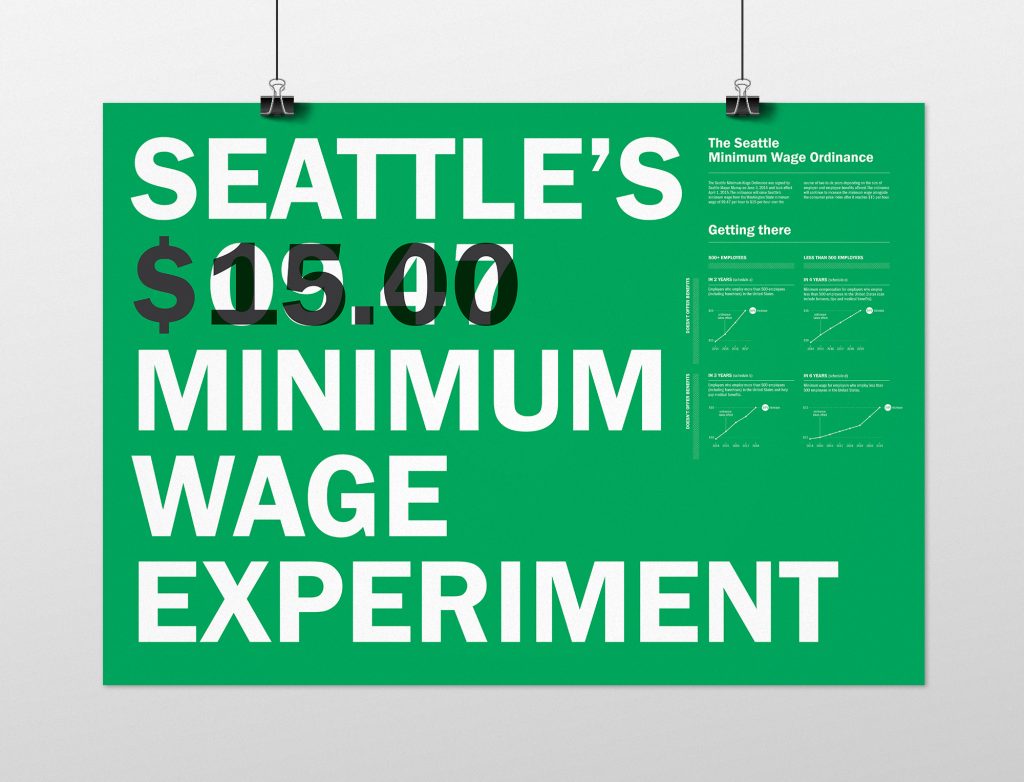Chad P. Hall
Master of Design
Music Notes
Exploring music listening data as a visual representation of self.
Shelves of vinyl records and cassette tapes spark thoughts and memories at a quick glance. In the shift to digital formats, we lost physical artifacts but gained data as a rich, but often hidden artifact of our music listening. This project tracked and visualized the music listening of eight people over 30 days to explore how this data can serve as a visual representation of self and present new opportunities for reflection.
Designer
Chad P. HallMedia





Research Box
Research Box is an online cart and request management system to improve the research request experience for researchers and archivists. The system makes it easier for researchers to navigate and find which (of the many) databases is the most useful and makes the process easier to get the items pulled off of the physical shelf. Meanwhile, it also simplifies archivists’ workflow by providing an infrastructure to handle the request process. Archivists can coordinate who’s handling what request, get a clear picture of the researcher’s needs, and print a pull sheet with location information to find and re-shelve items in the vault where there is no network access.
Team Members
Media


Guy Magazine
The concept for Guy originated from two main problems. In the medical field many primary care physicians aren’t equipped or proactive about serving specific health care risks for their gay male patients. This is often because they either don’t ask or assume their patient’s sexual orientation. This creates a missed intervention point in preventative health care for gay men. Meanwhile, the editorial of male health and fitness magazines is almost always written in a heteronormative voice, ostracizing their gay readership.
Guy, as a magazine, closes that divide. It offers nutrition and fitness tips of the same genre, but tailors health and relationship information unique and relevant to gay men, empowering them to talk to their doctor about their unique health issues.
Designer
Chad P. HallMedia






The Seattle Minimum Wage Experiment
The Seattle Minimum Wage Ordinance was signed by Mayor Murray on June 3, 2014 and took effect April 1, 2015. The passing of the ordinance raised many questions from businesses and citizens, many of which are the people that will be affected by this wage increase. The main questions were who will be affected and how will the increase be implemented?
This visualization aims to provide a digestible overview of the Minimum Wage Ordinance including the population’s it aims to increase the wages of and how it will be implemented through different categories of employers over time.
Designer
Chad P. HallMedia




